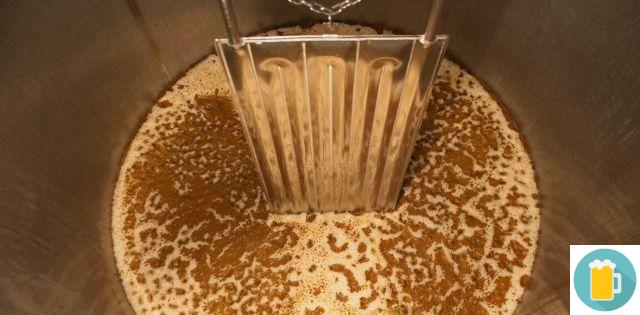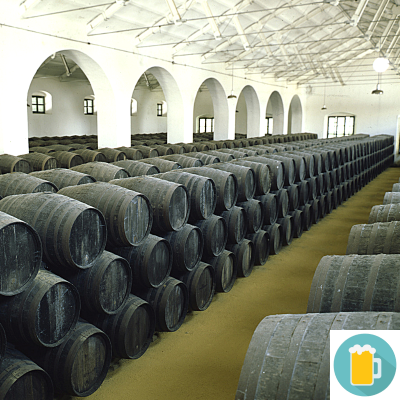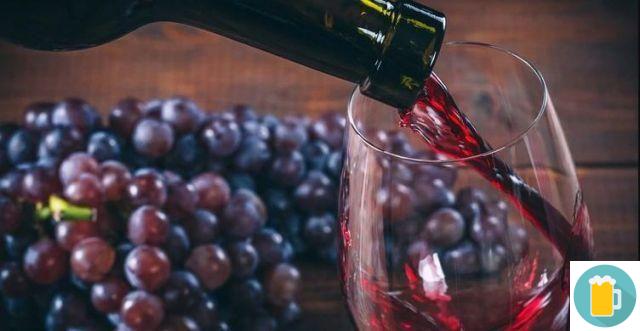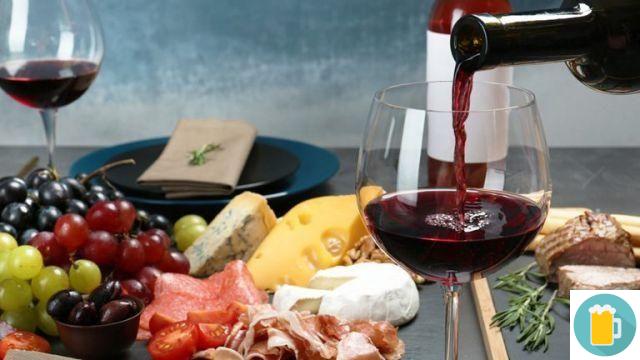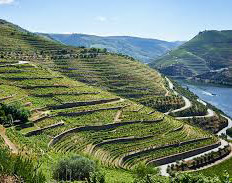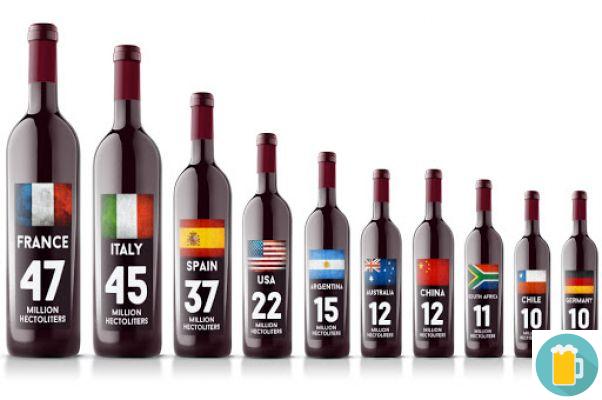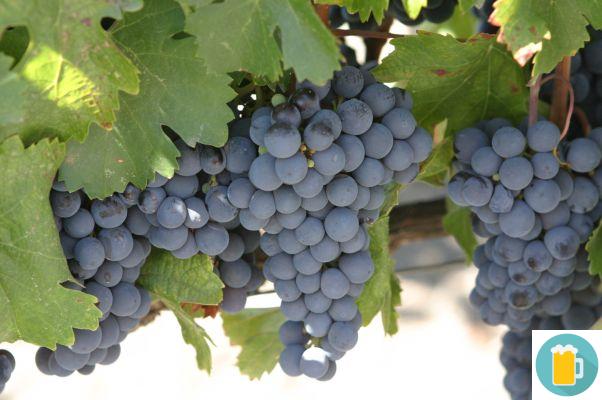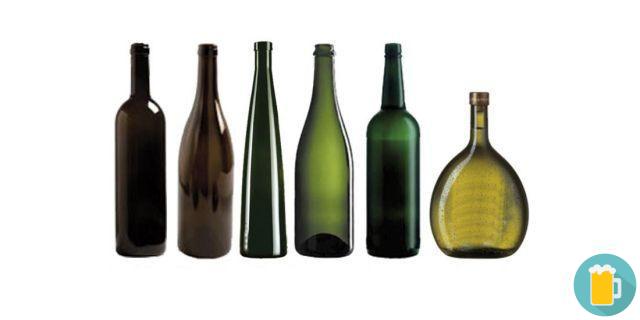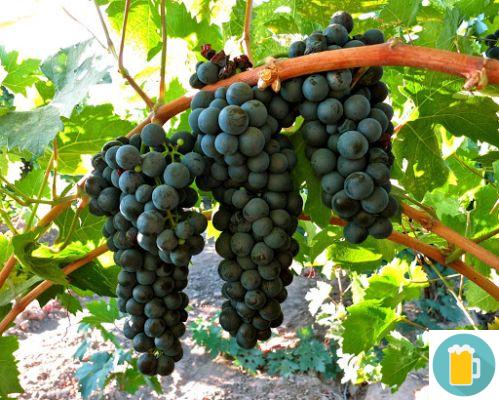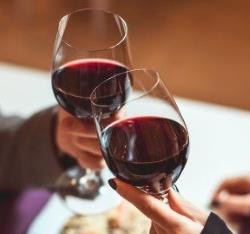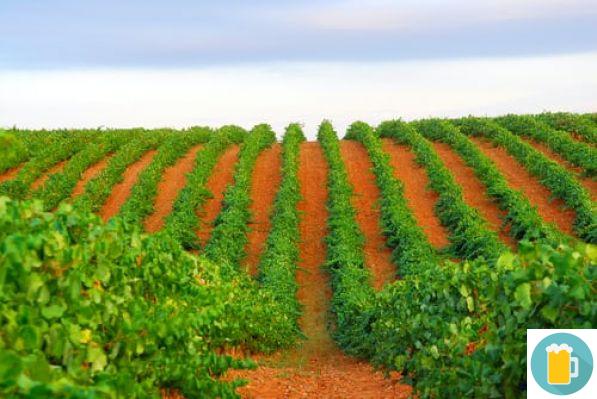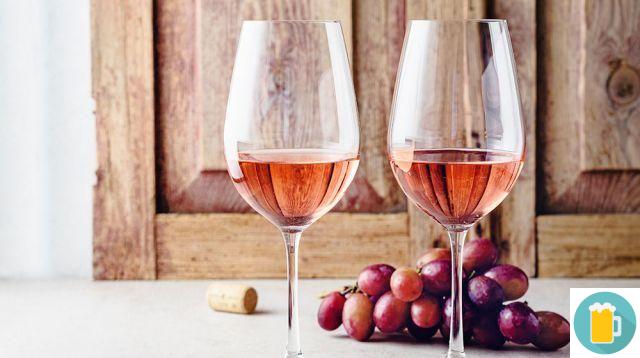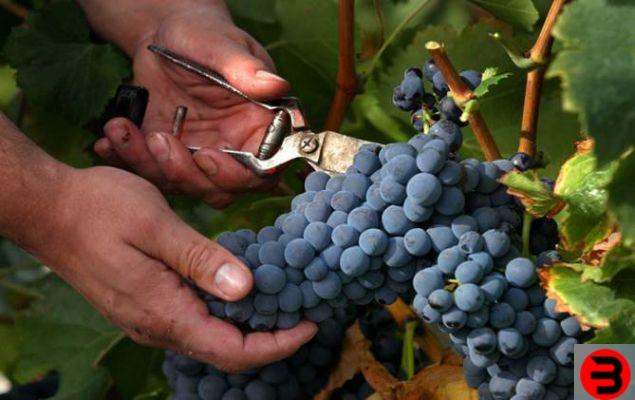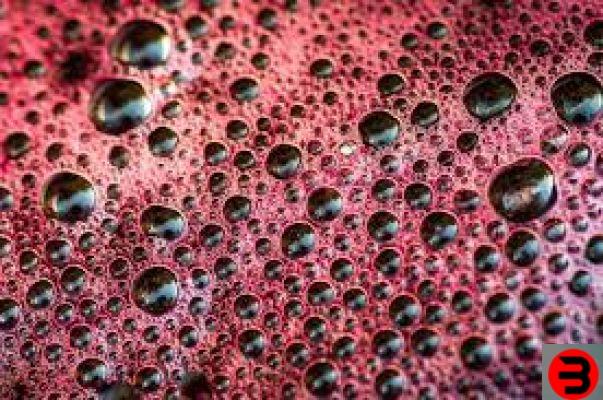The Wine List
The wines must represent the ideal pairing of the dishes, therefore how to choose a wine from the card and how to choose the wines for the card.
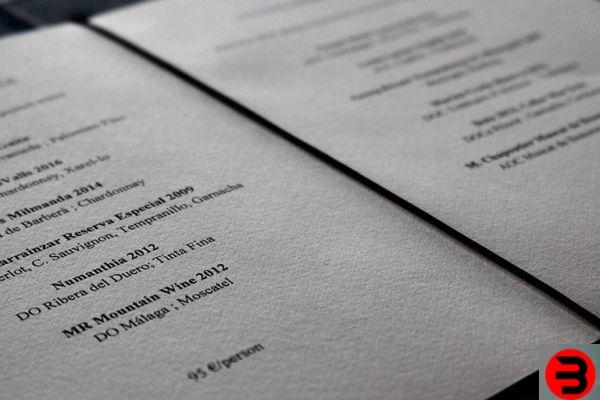
Characteristics and purposes of the Wine List
La Wine list is the "menu" of wines. Both like customers That like restaurateurs it is advisable to understand on the one hand how to use it best and on the other how to set it correctly. The wines chosen must represent the ideal pairing of the dishes, so let's see the right approach on how to choose a wine from the card and how to choose wines for the card.
How to use the wine list
Types of wine lists
Le restaurant wine lists they can present themselves in a completely different way. They range from a concise list to end from the menu after the list of beers up to unlikely "bricks" bound in leather and 10 centimeters thick. From one extreme to the other, there are simple rules by following which we will always be able to juggle with ease and mastery. Let's see them.
Decide on the dishes first
Naturally this is the case in a high-level restaurant, but in many cases, especially abroad, the waiter's first question concerns drinks. If you haven't decided what to eat yet, order one appetizer or a wine by the glass. The choice of the bottle is made after deciding on the dishes. Having to choose one bottle, due to the small number of diners or for other reasons, it is better to avoid ordering dishes that are dramatically different from each other, in which case you have to go back to the glass.
Know the rules of pairing
Once you have decided on the dish, you need to have clear ideas about what the dish should be salient characteristics of the wine to match. So, you need to know the pairing rules. Quattrocalici It offers a complete series of articles on the topic of food-wine pairing, which can be referenced. If you do not know the rules, it is better to rely on the advice of the sommelier.
Choose the origin of the wine
Identified the typology of wine that interests us, let's think about its origin. If the chosen dish is regional, we would like a wine from the same region. If it is not, according to the type of dish chosen we will try to think of the different regions in which the wines we have thought of are produced. If we don't know enough, we ask the sommelier for help: “I was thinking of a Cabernet, which region / producer do you recommend? ".
Choose the price range
Price is not always a guarantee of quality. Certainly the quality of a wine does not vary with its price in a linear way. Restaurants generally apply a high mark-up on wines, so not knowing wine, it is better to focus on one intermediate range among those proposed on paper, thus avoiding paying too much for the wine for its value or having a "ciofeca" trimmed.
A tip on advice
It is unfortunate and it is rare, but it can happen that the person in charge recommend the most expensive wines on the menu. You must not be reluctant to present your idea of price with the appropriate incisiveness: "I was thinking of a less expensive choice, what do you propose to me?". You can too identify the type or genre of wine, or any of the characteristics you want and have two or three alternatives proposed between which to make the final choice.
When the wine tastes like a cork
If the wine is yes stopper or it seems defective, we do not hesitate to report it to those who served it. If it is a sommelier, he will surely have tasted the wine before serving it, but in any case, in case of difference of opinion, he should (I stress should!) be ready to change the bottle. Self we have mistakenly interpreted it as a defect a typical characteristic of the wine in question (it can happen) the sommelier he should be able to kindly and convincingly explain to us the reason for our mistake. More difficult is when you have to argue with someone who doesn't want to hear reasons (this can also happen). Excluding that this can happen in a restaurant where the sommelier is present (but this also happened, believe me!) and imagining that the place in question is not among the most expensive, the advice is to have the bottle changed anyway, leaving it to the discretion of those in charge whether to charge it or not. In the worst case, they will never see us again and we can always report the episode on social media.
How to create a wine list
The "wine list”Is the wine list that a restaurant offers its customers in combination with its menu. The wine lists are very different by level of quality, markups, depth of vintages, number and origin of wines. With the wine list, the restaurateur should propose interesting wines, appropriate to the dishes and the level of the place. Also in this case there are some simple rules to follow, which are obvious for high-end clubs and for the more aware clientele, but which are actually less obvious in the vast majority of so-called "real" situations.
- La Wine list should possibly be set following the criteria of service sequence, and if necessary subdividing the individual types according to their origin. Each subgroup should then be ordered with the criterion of increasing price.
- La Wine list it must then be practical and legible, compiled on the basis of the type of dishes served in the room, so that each menu or course will find at least two or three ideal alternatives at different price ranges.
How to choose the wines from the wine list
First of all it is important to become aware of the message that you want to convey to your customers through the selection of wines. Average level of quality and price, mainly origin local or national, number of Labels foreigners on the list. Then you have to be aware of the type of clientele and his ability to appreciate the wines offered both in terms of choice and price.
The number of labels: knowledge and storytelling
In order to advise, one must know. A limited number of labels who know each other very well, both as a product and as a manufacturer, it's better than hundreds of wines that little or nothing is known about. Then, remember that 80% of the numbers are achieved with 20% of references. It is more important than that what is needed is present, and above all that what is reported on the menu is also present in the cellar.
Wines by the glass in the wine list
Needless to say, you drink better but you also drink less. The menus are often complex and require various combinations and there is not always the ideal table of 6-8 diners, which allows the consumption of one bottle for each course. It is therefore essential that an offer, albeit reduced, of wines "by the glass", which allows greater flexibility in the event that diners follow sequences of different courses. It is generally accepted that the customer carries the unfinished bottle with him, but this is questionable from the point of view of storage of wine and superfluous in many cases if the wine list by the glass is sufficiently extensive.
The price of the wines from the wine list
I reload generally applied by restaurateurs usually vary in a range from a maximum of 350% for low-end wines (wines purchased for 4 euros plus VAT and placed on the list for 15 euros) up to a 100% minimum on fine wines (purchase at 40 euros plus VAT and on the menu at 100 euros or a little more). These markups take into account the cost of the service and the significant cost of the warehouse, much higher the wider the restaurant's wine list. A'wine shop on average recharge about a third than the restaurant does (80-50%), and a ristorante “wine-friendly“ it would be desirable to place its mark-up in the middle of the price range with respect to the wine shop, also giving customers the possibility to buy wines at a reduced price for "export". This helps the restaurateur to run the warehouse and at the same time makes the customers happy.




